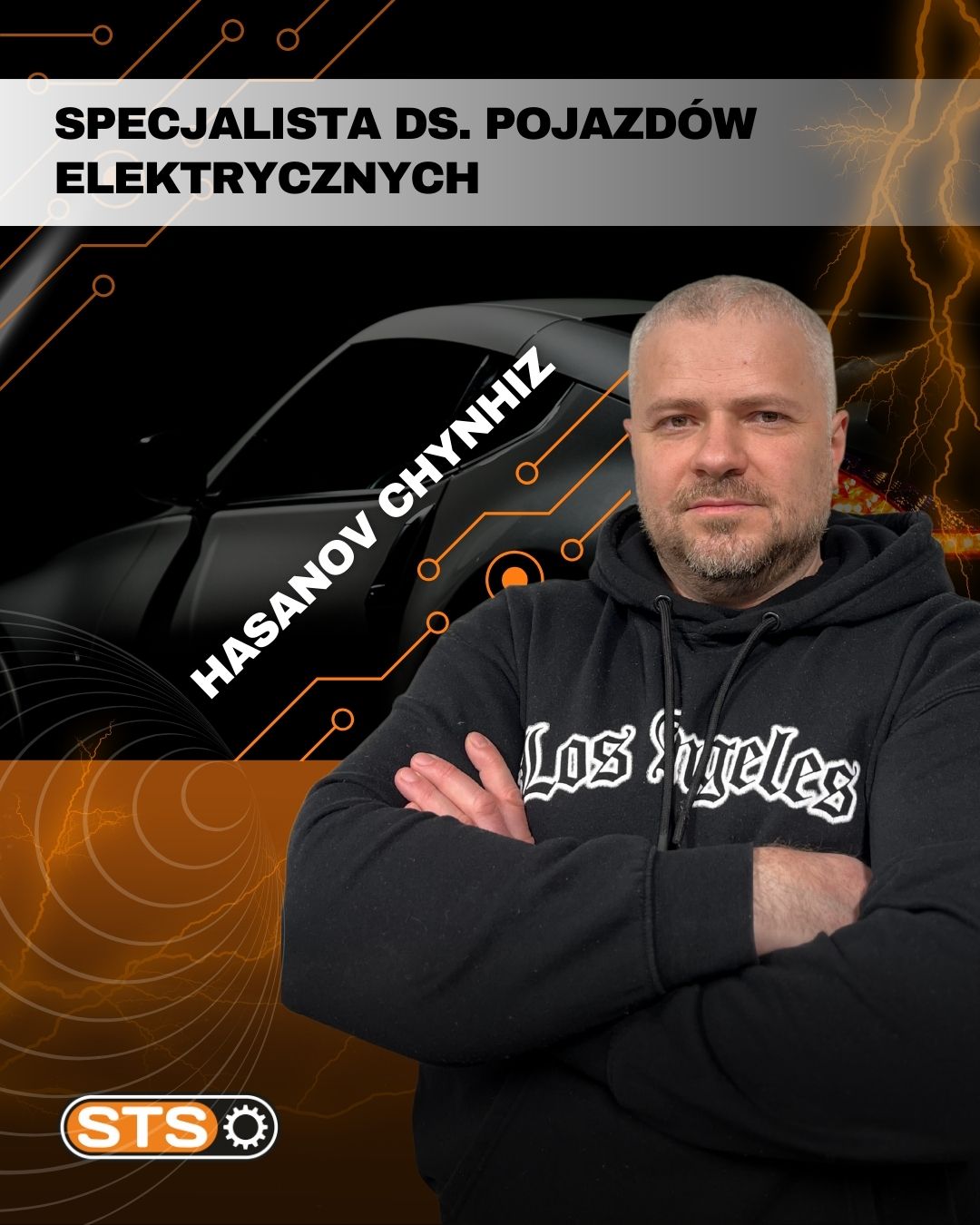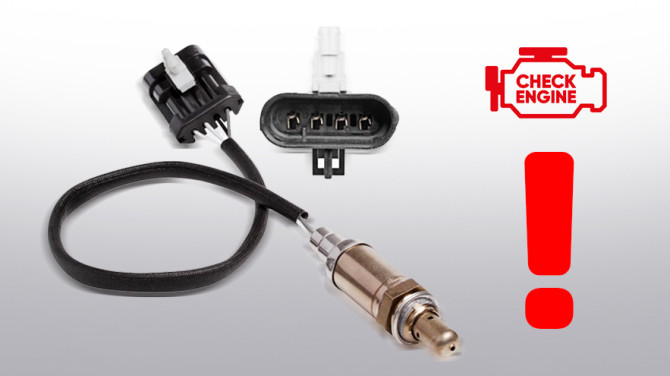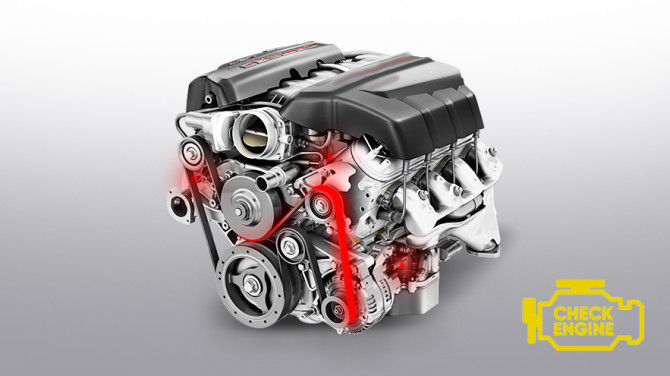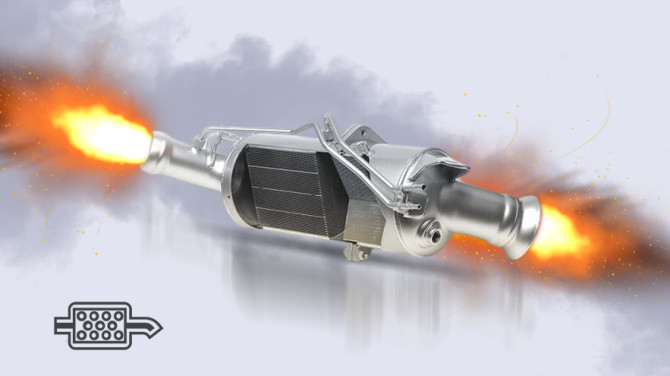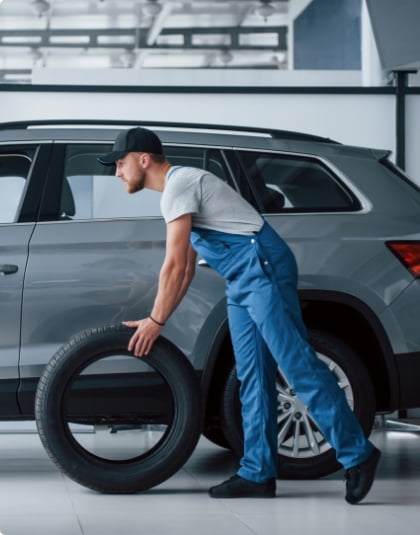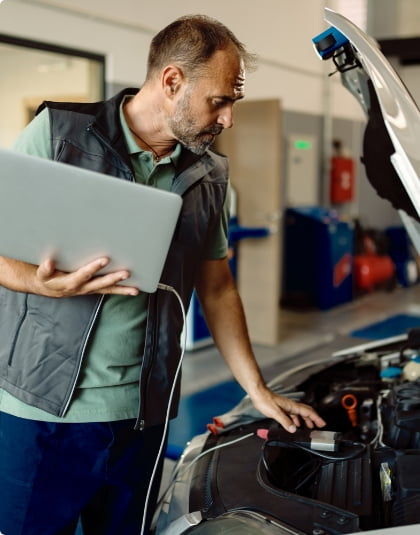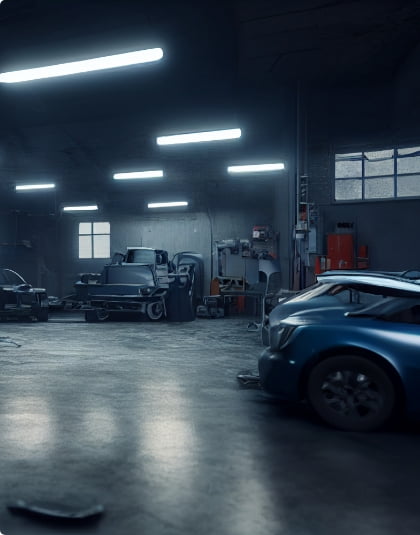How to switch off the start-stop system
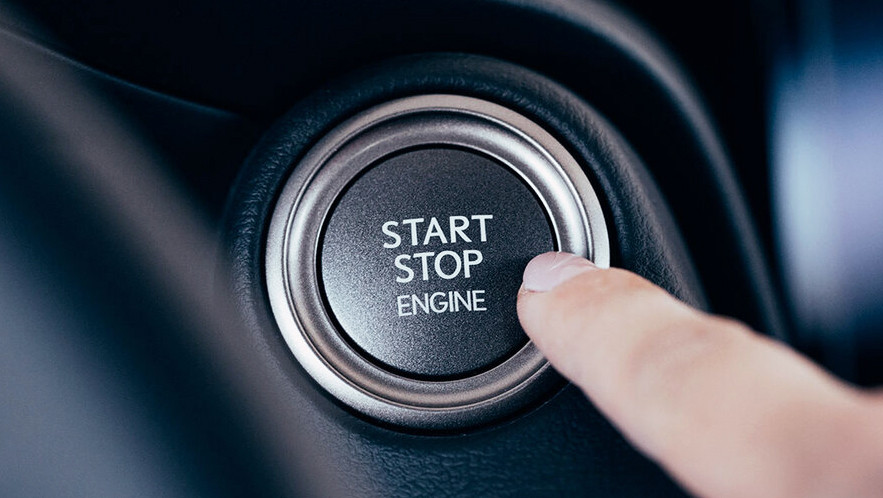
The START/STOP system is installed in modern cars to reduce fuel consumption and CO₂ emissions. Today, this technology is mandatory equipment for all new cars sold in the European Union. It automatically switches the engine off during short stops and then starts it again when the car starts moving. However, despite the obvious advantages, many drivers consider how to switch off the start-stop system because of certain inconveniences or its effect on the technical condition of the car.
But in most cases, the final disabling of this option is possible only with the help of a service computer, which means that it requires contacting a workshop where such a service can be performed professionally without damaging the engine, electronics and other components of the car. One such place – STS, with many years of experience in high-tech car maintenance and repair work.
How the START/STOP system works
The first such system was used in the 1960s by Toyota as an option on their flagship Crown model. Even then, the principle of its operation was identical to the modern one - the engine was switched off after 1.5 seconds of idling. The first mass-produced car with the START/STOP system was the Volkswagen Golf III with Ecomatic in 1993. An interesting detail: in this car, the system switched off the engine not only on the spot, but also while driving – if the driver did not press the accelerator for longer than 5 seconds.
But the system became widespread with the introduction of modern environmental regulations and requirements. Today, START/STOP is largely integrated into the engine control unit and interacts with a number of sensors to determine the optimum conditions for switching off and starting the engine. Here are the main components of the system:
- The Electronic Control Unit (ECU) – controls the operation of the system based on sensor data.
- A high-capacity battery (AGM or EFB) – provides reliable power to electrical systems during engine stops.
- A heavy-duty starter or alternator with quick-start function – a silent unit that can withstand frequent starting and stopping cycles.
- Brake pedal position, clutch, engine temperature and battery charge sensors – determine the conditions for the correct operation of the system.
For example, when the car comes to a complete stop at traffic lights, the ECU analyses engine temperature, battery charge and other parameters. If all conditions are normal, the engine switches off. When the brake pedal is released or the clutch is depressed, the engine restarts.
The start-stop system is installed in both manual and automatic transmission vehicles. Its operation has certain differences depending on the type of transmission. In cars with manual transmission, the engine is switched off when the car stops and the driver shifts the gear into neutral and removes his foot from the clutch. In the case of an automatic transmission, the engine switches off when the brake pedal is depressed while the car is stopped. As soon as the driver releases the brake, the engine automatically restarts.
Advantages and disadvantages
The introduction of any innovation usually has both pros and cons. On the one hand, the START/STOP system, by reducing fuel consumption as well as noise and exhaust emissions, provides more efficient driving and, in theory, saves money. But on the other hand, the units of cars equipped with the start-stop system, although they have increased performance characteristics, still can not withstand frequent starts and usually fail earlier than in similar, but simple cars. Repairing such units is also usually more expensive than conventional parts, so it is appropriate to say that the system increases operating costs. See the table for more details on the positive and negative factors of the system.
Benefits of START/STOP | Disadvantages of the system |
Reduced fuel consumption. This is especially noticeable in urban conditions with frequent stops. | Increased load on the starter and battery. Too frequent starts can accelerate the wear of these components. . |
Environmental friendliness. Reduced CO₂ emissions make the car more environmentally friendly. | Restart delay. Although it is usually minimal, it can cause discomfort and problems in some situations (e.g. when starting uphill). |
Noiselessness. Standing car makes a minimum of sounds. | Possible failures in cold weather. The system may not start if the battery is not sufficiently charged or the engine has not yet reached operating temperature. |
Automation. The system does not require action from the driver, but works independently. | Inadequate operation. The ECU may switch on the START/STOP system at an inappropriate moment, e.g. when shifting from reverse to forward gear. |
How does the start-stop system affect the battery and engine?
The main element that is affected by the START/STOP system, – is the battery. Standard lead-acid batteries cannot withstand constant charge/discharge cycles, so cars with this system use AGM (Absorbent Glass Mat) or EFB (Enhanced Flooded Battery) batteries.
.
The starter and alternator are also subject to increased wear due to frequent start-up cycles. Although manufacturers have adapted these components for START/STOP operation, their service life is still reduced. This is particularly noticeable in urban environments with frequent stops.
The starter and alternator are also subject to increased wear due to frequent start/stop cycles.
The worst effect of the system is on cars equipped with turbochargers. Turbine engines that are switched off too often overheat and quickly lose engine oil properties.
The worst effect of the system is on cars with turbochargers.
Start-stop system does not work
If the START/STOP system stops working, it can be both a normal situation when its functions are temporarily limited and an indication of a malfunction.
Possible causes of system failure:
- Low battery level.
- One of the sensors is malfunctioning – pedal position, engine temperature or battery charge.
- Temperature limitations – the system does not operate at temperatures below -5°C or above +35°C.
- Electronic Control Unit (ECU) errors.
In the event of a system failure, it is advisable to have the car diagnosed by a specialised service – e.g. STS workshop.
Start/stop system deactivation
If the START/STOP system causes inconvenience or is not needed by the driver for any other reason, it can be switched off. This can be done either temporarily or permanently.
Can I switch off the start/stop system in my car if I don't need it?
To deactivate this function, most cars have a «A OFF» button, usually located near the gear selector, on the centre console or on the steering wheel. Pressing this button deactivates the «start-stop» system, preventing the engine from switching off during a stop. To reactivate the system, the button must be pressed again. Note that each time the engine is restarted, the start-stop function automatically resets and becomes active again.
Some car models may not have the «A OFF» button. In this case, the system is controlled via the on-board computer menu. For vehicles without a button or for those who wish to disable «start-stop» permanently, reprogramming of the electronic control unit (ECU) is necessary. This procedure modifies the engine control unit software to completely disable automatic restart.
Can the system be permanently disabled?
Yes, full deactivation of the start/stop system is possible by reprogramming the engine control unit (ECU) or installing special modules to simulate permanent activation of the off button.
It is important to realise, however, that such intervention should be carried out by professionals, as incorrect reprogramming can lead to faulty electronics or loss of vehicle warranty.
Where can I go for this service?
To disable the START/STOP system, we invite you to contact STS Auto Service in Warsaw, Poland.
Warsaw, Poland.
Why choose STS for START/STOP deactivation
By choosing STS, you are entrusting your car to real professionals who care about the comfort and safety of each customer. We guarantee flawless results and provide the highest level of service.
Benefits that make us leaders:
Comprehensive diagnostics before and after the work – at STS we don't just switch off the «Start-Stop» system, we thoroughly check all the systems of the car to avoid even the slightest failures. Your safety is our priority!
Fast and inconvenience-free – the procedure takes just one working day, and the next day you're back on the road, but with updated settings that add comfort to every journey.
Two-week test period – no risks! You have 14 days to make sure the system works exactly as you expected. If anything is not satisfactory – our experts will promptly make adjustments.
Lifetime warranty on work and software – we are confident in the quality of our service, so we support you not a week, not a month, but forever.
With us, you'll forget about the inconvenience of the start-stop system and get maximum driving pleasure.
Come to STS and we will take care of your comfort and safety on the road!
